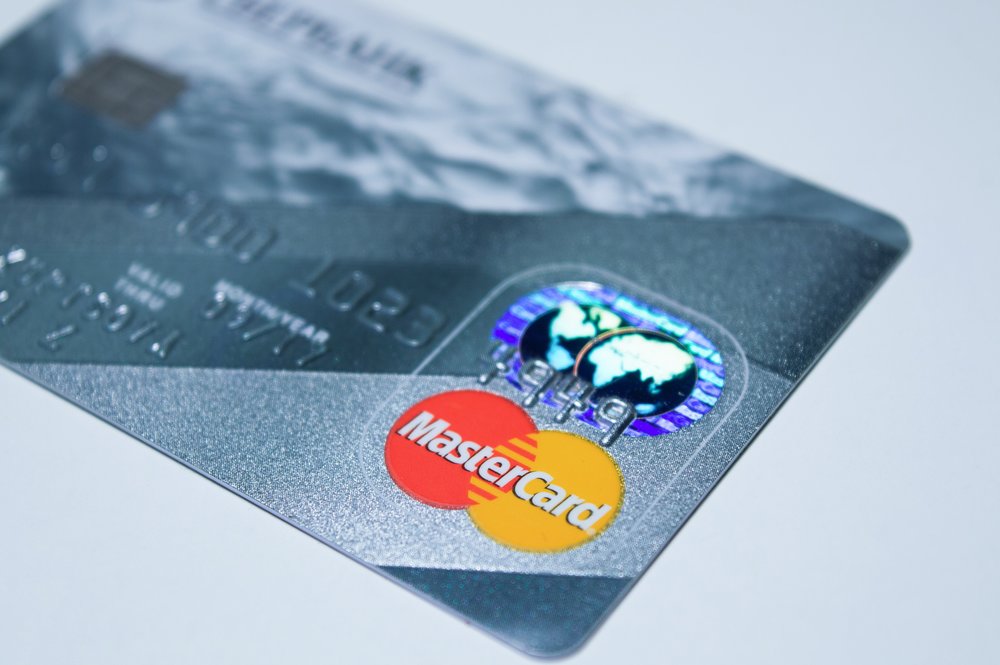In any online business, one of the greatest indications of health is a good conversion rate. When people convert from being leads into clients, this is where the real revenue starts to come in for a company. Conversions are the goal of all advertising and digital marketing campaigns, and once people start converting from leads, this allows for better growth overall.
Digital marketing methods combined with e-commerce tools like payment page builders and hosted payment pages can create a powerful online business site. Digital marketing tools build websites and increase online visibility, which can be coupled with a hosted payment page for reduced checkout friction for best results.
Optimizing Your Site For Conversion Rates
There is what is called a conversion rate optimization plan, or a CRO, which aims to improve the overall buyer’s experience of users and the performance of a website. This is a good mix of a multitude of tools that exist to create seamless websites that are tastefully done to fit the user experience.
Your CRO plan should have the aim to reduce friction, which is the most important driving force in securing any sale online. Friction when it comes to finding your page, navigating it, and checking out will increase bounce rates, which won’t do your Google rankings any good.
Here are some CRO strategies to boost your overall conversion rates:
Take Advantage Of The “Feeling Of Missing Out”
Many people are susceptible to this marketing tactic. Shoppers love to see items on sale, and when they see that there are timers for sales or specific dates, they are less likely to think twice about confirming their purchases. While many people hate being rushed into a sale, putting limited time offers out there for them to decide on their own will likely result in an urgency to buy.
Make people feel like they’ll regret not taking up the offer you set out, which you can employ in your website through writing a call-to-action that states how limited the offer is.
Make Sure Your Payment Page Has Fewer Steps
People hate loading through multiple pages especially when all they want to do is buy a product. Payment page builders are great at this, as sites can be customized to have a set number of pages they have to go through to complete a purchase. Stripe checkout is especially great at this, as it looks legitimate in user interface while offering maximum customizability.
When your payment page has fewer steps to complete before making a sale, this reduces bounce rates that are bad for your website’s online visibility. One thing that gets people irritated more than anything is the mandatory creation of an account to make a purchase. By reducing the steps needed while keeping everything streamlined, you’ll see your conversion rates rise!
Think Of How Your Site Is Optimized For The Best User Experience
One of the biggest sins in website design for conversions is not optimizing a site centered on the user’s experience. At the end of the day, the one who will be using your site to buy is the customer, so it makes sense to give the best-optimized experience for your site visitors. Remembering that customers mostly access sites on their mobile devices should make you prioritize the mobile experience of visitors to ensure they stick around long enough.
Conclusion
The overall CRO plan has the idea of being seamless in all aspects of the browsing and shopping experience. With a nicely designed website and the help of a payment page builder, the entire shopping experience can generate better conversions over time. In any business venture, it pays to have a plan for all aspects of running one, and this now includes making moves online.
Payment Page aims to assist international businesses of any scale craft easy-to-use and hassle-free checkout processes using apps like Stripe checkout. We believe that the biggest factor that hampers an e- commerce store’s ability to sell all over is the lack of proper payment page builders, which is why we are here to help. Sign up on our website now to be notified when we launch our services.







